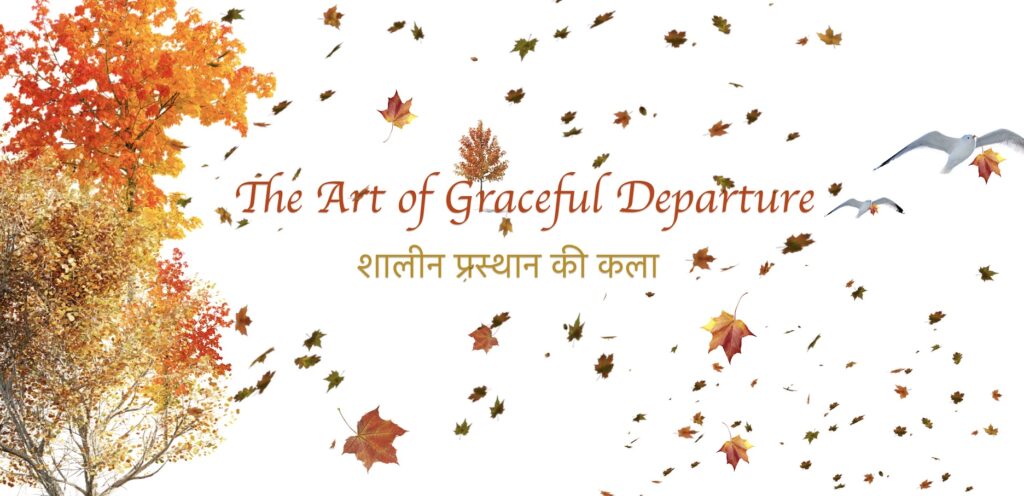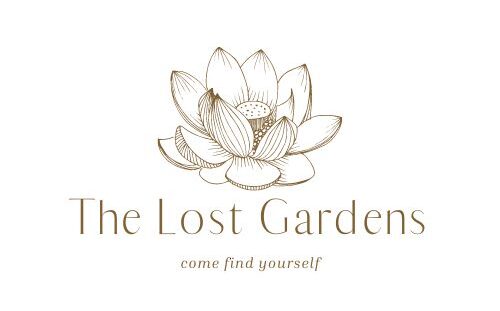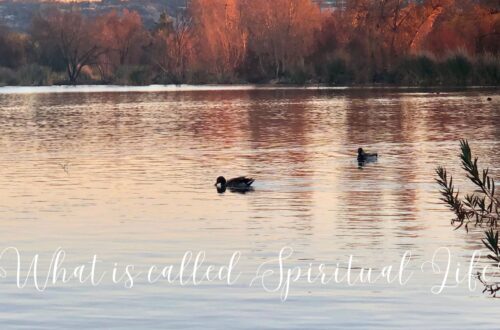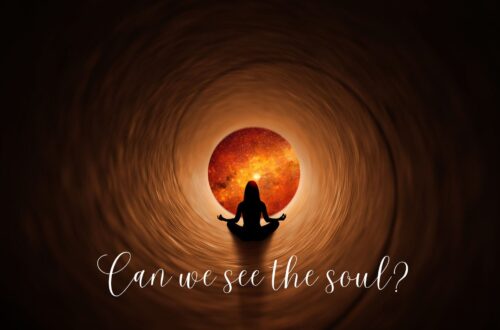The Art of Graceful Departure

Understanding the Silent Journey of Life
From the very moment of birth, existence begins in silence. Every living being enters this world without choice—no one selects their place of birth, their parents, or the environment they call home. These are the realities we face, unasked, and yet they shape who we become. And therein lies the most profound question: Who am I?
The answer is not readily available, and for most of us, it remains a mystery throughout our lives. From the day we are born, we embark on a journey shaped by a deep fear of the unknown, particularly the fear of death. This fear causes us to live cautiously, sometimes as if we are already carrying the burden of our own mortality. The weight of this fear manifests itself not in grand actions, but in the quiet, almost imperceptible choices we make every day.
Everything that happens in life, from the smallest decision to the largest event, unfolds silently. Observing this quiet process offers a profound realization: life’s true nature can only be understood through silence. It is only from this perspective that we can ask the fundamental question: What am I?
Life’s Subtle Cues: Nature’s Silent Signals
Nature is full of examples that illustrate the graceful departure—the seamless way in which life knows when to transition. Consider a bird that takes flight before a storm. How does it know when to fly? There is no visible cue, no obvious signal, yet the bird acts with perfect timing, guided by an internal wisdom that we, as humans, often overlook.
Similarly, a leaf knows when to detach from a tree. It does not cling to its branch out of fear of falling, nor does it resist the inevitable change. Instead, it surrenders gracefully to the natural flow of life, releasing itself when the time is right. How does a leaf know when to let go? The answer lies in the silent, unseen forces that govern all of nature’s movements.
This same silent wisdom is at play in human life. How does love recognize beauty in a single glance? How does a seed know when to sprout, breaking through the soil to reach the light? These are not questions that can be answered logically or scientifically. They are part of the mystery of life, a mystery that can only be understood through silence and observation.
The Dance of Right Action: Knowing When to Act and When to Refrain
In our modern world, there is a tendency to equate success with constant action. We are taught to push forward, to strive, to compete, and to win. But life is not about endless motion; it is about balance. There is a time to act and a time to refrain from action. There is a time to win and a time to lose, and both are equally important in the grand scheme of life.
Right action is not about being the best or outshining others. It is about aligning oneself with the natural flow of the universe, participating in the cosmic dance that is always unfolding. When we act in harmony with this dance, our actions are effortless, and the outcomes are in tune with the greater whole.
This understanding brings with it a sense of peace. We no longer feel the need to control everything or to force outcomes. Instead, we learn to trust the silent wisdom of life, allowing it to guide us. When to rise, when to rest; when to engage, when to withdraw—these answers come to us naturally when we are in tune with the flow of life.
The Power of Letting Go: Embracing the Departure
One of the greatest lessons we can learn from life’s silent unfolding is the power of letting go. In a world that glorifies holding on—whether it’s to relationships, possessions, or identities—there is immense strength in the ability to release what no longer serves us. This is the essence of the graceful departure.
Letting go is not a sign of weakness; it is a sign of wisdom. Just as the leaf knows when to detach from the tree, we too must learn when to step away. Whether it is from a job, a relationship, or a particular chapter of life, knowing when to depart gracefully is a skill that can bring profound peace and fulfillment.
The key to a graceful departure lies in awareness. It requires us to be fully present in the moment, to recognize when the time for holding on has passed, and to trust that the next phase of life will unfold as it should. This is not always easy, especially in a society that values attachment and control. But it is the path to true freedom.
Living in Silence: The Ultimate Pilgrimage
As we move through life, the practice of living in silence becomes a form of pilgrimage, a journey inward. In silence, we begin to see the world more clearly. We notice the subtleties of life—the way the wind moves through the trees, the way a single glance can convey a world of meaning, the way life continues to unfold even in the absence of words.
Silence is not just the absence of sound; it is the presence of awareness. It is in silence that we can truly connect with ourselves and with the world around us. From this place of silence, we are able to see life for what it is—an ever-changing, ever-moving dance in which we are all participants.
The highest form of wisdom comes from this place of silence. It is here that we find the answers to life’s deepest questions—not through words, but through the quiet unfolding of being.
Conclusion: The Graceful Departure as Life’s Greatest Act
In the end, the art of graceful departure is about more than just knowing when to leave. It is about understanding the rhythm of life and trusting in the silent wisdom that guides us all. Whether it is the bird taking flight, the leaf falling from the tree, or the human heart letting go, life is constantly teaching us how to move with grace.
By embracing silence and allowing ourselves to be guided by the natural flow of life, we can learn to depart from situations, relationships, and even life itself with dignity and peace. This is the ultimate lesson: that in letting go, we find freedom, and in silence, we find truth.
The art of graceful departure:
Every living being, every existence, is born in silence. No one chooses where to be born, which parents to have, or which country to call home. No one is asked these things. This brings me to my question—who am I?
This being who arrives in silence also departs in silence. This one who knows nothing of what life is or what ‘I am’ means, lives in fear, afraid of death. This one who dies long before the actual moment of death, living for decades as if carrying the weight of their own dead body.
Everything happens silently.
When I observed this silent unfolding, I realized something profound: life’s play can only be truly understood from the stage of silence. Only from there can one ask—’What am I?’
How does a bird know when to fly before a storm?
How does a leaf know when to detach from the tree?
How does love recognize beauty through a single glance?
How does a seed know when to sprout?
When to rise, when to rest;
When to look upon a situation;
When to meet the gaze of another—these answers silently descended upon me.
Now I understand that right action is not about winning or making someone else win. Right action is the one that completes the universe’s dance. Today I know when to lose, when to win, when to remain, and when to gracefully walk away.



